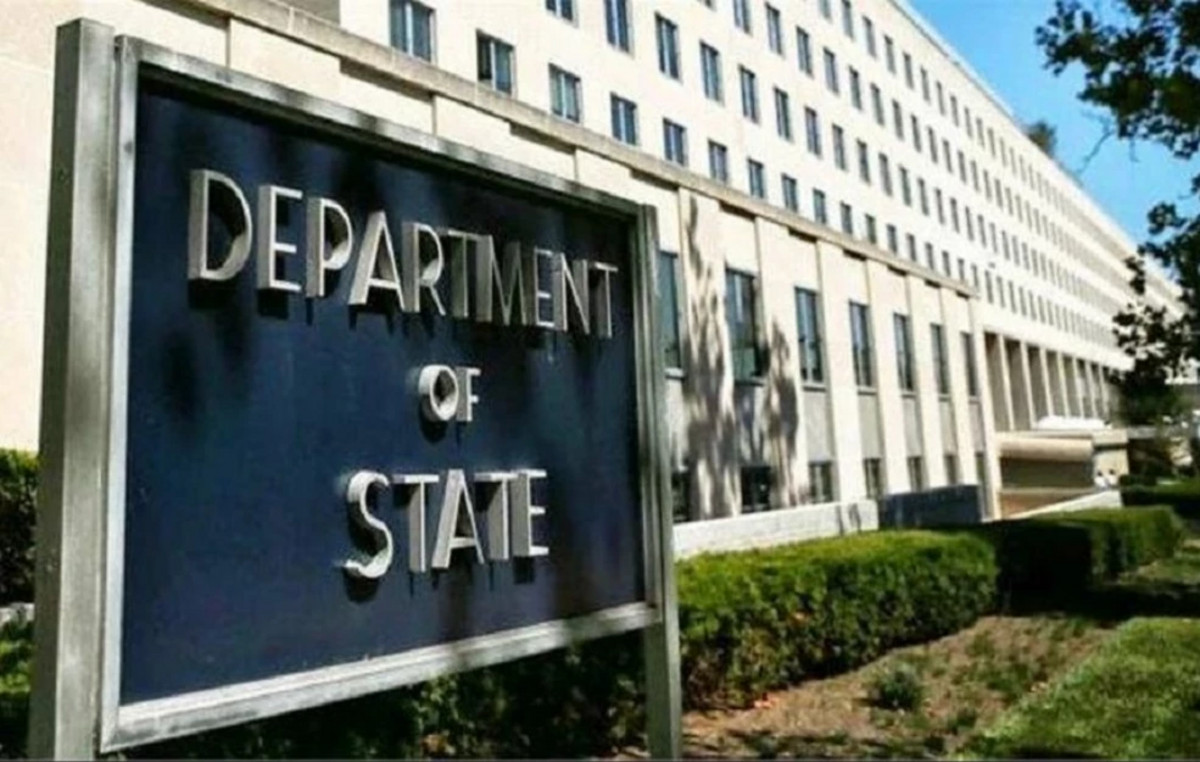- The USD/INR falls below 85.50 at the opening, while the US dollar is stabilized after the framework between the US and China on a commercial agreement.
- Inflation in the US is expected to have grown at a faster rate in May.
- The increase in foreign capital tickets and a probable decrease in oil prices have strengthened Indian rupee.
The Indian rupee (INR) records a new weekly maximum about 85.43 against the US dollar (USD) in the Opening session on Wednesday. The US dollar quotes calmly after the White House indicated a positive result of the two -day meeting between the United States and China commercial negotiators in London. He US dollar index (DXY), which measures the value of the dollar against six main currencies, rises to about 99.15.
The US Secretary of Commerce Howard Lutnick told reporters that Both nations reached a “frame” to implement the trade agreement made in Geneva in May, if approved by President Donald Trump. Lutnick expressed confidence that China would reduce non -tariff barriers to the export of “rare and magnets”, and Washington would also reverse the export restrictions of sophisticated chips.
Meanwhile, the Chinese ministry has also expressed a positive result of commercial conversations with Washington and declared that the agreement will now be sent to President Xi Jinping for approval.
The US dollar is stable after the commercial agreement between the US and China, which was expected to have a good performance in the decalsed of commercial tensions between the two nations. The analysts of the National Australia Bank said that “the devil will be in the details and, what is important, if this can help restore confidence between President XI and President Trump, which has clearly broken since the Geneva Agreement was published.”
In the legislative field, the US Federal Court of Appeals has declared that tariffs imposed by Donald Trump related to border negligence and those announced in the so -called “Liberation Day” on April 2 will remain in force until demonstrating whether they are permissible under the emergency law or not. The next argument on the sustainability of the mentioned tariffs will take place on July 31.
What moves the market today: Indian rupee exceeds the US dollar before US CPI data.
- The Indian rupe extends its winning streak for the fifth consecutive day on Wednesday against the US dollar before the US consumer price index (CPI) for May, which will be published at 12:30 GMT.
- The US CPI report is expected to show that general inflation increased at a faster rate of 2.5% year -on -year, compared to a 2.3% growth observed in April. In the same period, the underlying IPC – which excludes volatile food and energy prices – accelerated to 2.9% from the previous reading of 2.8%. In the month, the general CPI and the underlying increased 0.2% and 0.3% respectively.
- The high growth scenario of inflation would limit those responsible for Federal Reserve Policies (FED) to reduce interest rates. However, soft inflation figures are unlikely to lead officials to support anticipated trimming of interest rates, assuming that they are more focused on stabilizing the expectations of inflation of the consumer disagree, fueled by the implementation of new economic policies by President Trump.
- According to the CME Fedwatch tool, the Fed will not reduce interest rates in June and July policy meetings.
- In the Asian region, strong entries of foreign capital and a probable decrease in the price of oil have strengthened Indian rupee. On Tuesday, the data of the Indian stock exchanges showed that foreign institutional investors (FIIS) were net buyers, injecting 2,301,87 Crore of RS in the shares markets.
- Meanwhile, the US Energy Information Administration (EIA) cites concerns about demand and increased production as factors that could lead to a decrease in international Brent crude to $ 61/BBL by the end of 2025. The lowest oil prices are favorable for the INR, since India is one of the main importers of the world.
- In the economic field, investors expect the publication of the Indian CPI data for May, scheduled for Thursday. Inflationary pressures are expected to have increased 3% year -on -year, slower than the growth of 3.16% observed in April.
- The cooling signals of price pressures would lead to market expectations that the Bank of the India Reserve (RBI) could reduce interest rates again. At the policy meeting last week, the RBI unexpectedly cut the repo rate in 50 basic points (BPS) to 5.5% and guided little margin for a greater expansion of monetary policy.
Indian Rupia Price today
The lower table shows the percentage of change of the Indian rupee (INR) compared to the main coins today. Indian Rupia was the strongest currency against the New Zealand dollar.
| USD | EUR | GBP | JPY | CAD | Aud | NZD | INR | |
|---|---|---|---|---|---|---|---|---|
| USD | 0.06% | 0.12% | 0.10% | 0.05% | 0.12% | 0.32% | -0.11% | |
| EUR | -0.06% | 0.05% | 0.03% | -0.04% | 0.04% | 0.20% | -0.24% | |
| GBP | -0.12% | -0.05% | -0.04% | -0.05% | 0.01% | 0.16% | -0.21% | |
| JPY | -0.10% | -0.03% | 0.04% | -0.16% | 0.02% | 0.18% | -0.30% | |
| CAD | -0.05% | 0.04% | 0.05% | 0.16% | 0.10% | 0.24% | -0.24% | |
| Aud | -0.12% | -0.04% | -0.01% | -0.02% | -0.10% | 0.15% | -0.31% | |
| NZD | -0.32% | -0.20% | -0.16% | -0.18% | -0.24% | -0.15% | -0.53% | |
| INR | 0.11% | 0.24% | 0.21% | 0.30% | 0.24% | 0.31% | 0.53% |
The heat map shows the percentage changes of the main currencies. The base currency is selected from the left column, while the contribution currency is selected in the upper row. For example, if you choose the Indian rupee of the left column and move along the horizontal line to the US dollar, the percentage change shown in the table will represent the INR (base)/USD (quotation).
Technical Analysis: The USD/INR struggles to maintain the 20 -day EMA
The USD/INR pair refreshes the weekly minimum about 85.47 during Wednesday’s Asian negotiation hours. The perspective of the torque is uncertain since it struggles to maintain the exponential (EMA) mobile average of 20 days, which quotes around 85.49.
The 14-day relative force (RSI) index remains within the range of 40.00-60.00, indicating a lateral trend.
Looking down, the minimum of June 3, 85.30 is a key support level for the torque. A break down below could be exposed to the minimum of May 26, 84.78. On the positive side, the Tar could visit a maximum of more than 11 weeks around 86.70 after breaking above the maximum of May 22, 86.10.
Economic indicator
Consumer Price Index (Annual)
Inflation or deflationary trends are measured by periodically adding the prices of a basket of representative goods and services and presenting the data such as the consumer price index (CPI). IPC data is collected monthly and are published by the Labor Statistics Office of the USA The interannual reading compares the prices of the goods in the month of reference with the same month of the previous year. The CPI is a key indicator to measure inflation and changes in consumption trends. In general terms, a high reading is considered bullish for the US dollar (USD), while a low reading is considered bassist.
Read more.
Next publication:
MIÉ JUN 11, 2025 12:30
Frequency:
Monthly
Dear:
2.5%
Previous:
23%
Fountain:
US Bureau of Labor Statistics
The US Federal Reserve (FED) has a double mandate to maintain price stability and maximum employment. According to this mandate, inflation should be around 2% year -on -year and has become the weakest pillar of the Central Bank directive since the world suffered a pandemic, which extends until these days. Price pressures continue to increase in the midst of problems in the supply chain and bottlenecks, with the consumer price index (IPC) at maximum levels of several decades. The Fed has already taken measures to tame inflation and it is expected to maintain an aggressive position in the predictable future
Source: Fx Street
I am Joshua Winder, a senior-level journalist and editor at World Stock Market. I specialize in covering news related to the stock market and economic trends. With more than 8 years of experience in this field, I have become an expert in financial reporting.







